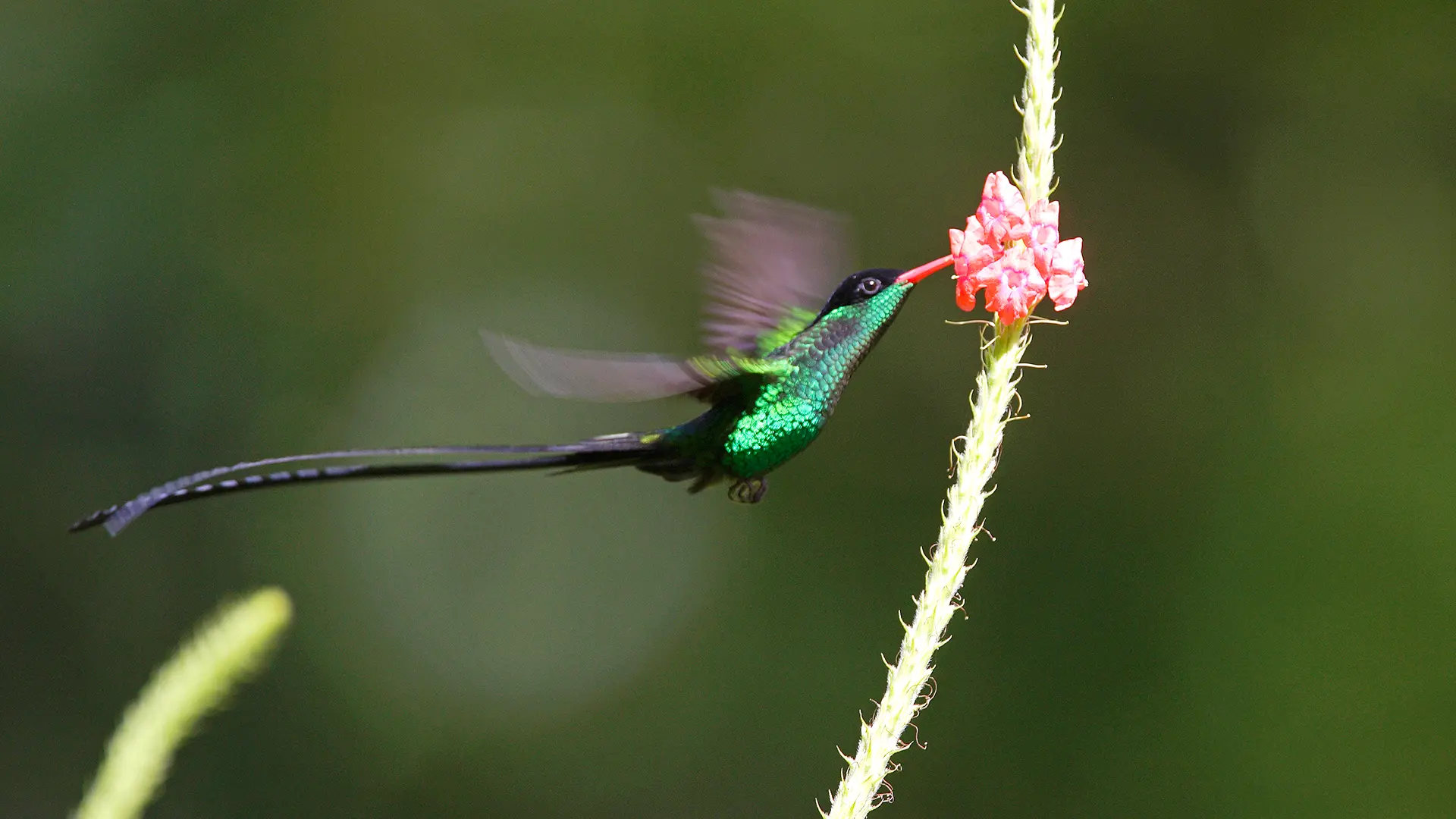With the increasing global awareness of the need to reduce one’s carbon footprint. Travelling responsibly has become the preferred way to see the world. This is where the concept of eco-tourism comes in, when economic development, sustainable livelihood, and conservation efforts go hand in hand.
With its azure ocean and sandy beaches, and tropical mountains providing the perfect backdrop, Jamaica has been one of the favorite eco-tourism destinations in the Caribbean. Like many other islands in the region, tourism remains an important leg of the economy. As such, the government developed programs to ensure sustainability of the industry.
Efforts to protect the Blue and John Crow Mountains, complements the eco-tourism principles of land and water conservation, cultural heritage protection, and sustainable communities. Community-based efforts have been continuously implemented over the years, including reforestation and tree-planting activities. The mountains, which has been declared a UNESCO World Heritage Site, is a biodiversity hot spot where hundreds of endemic species of plant and animal life thrive. While hiking and walking tours are available in the area, those visiting the site are encouraged to respect nature.
From mountains to beaches, Negril scores high on the list of potential places to visit. For those who prefer quiet contemplation, its surrounding coastlines offer not only endless ocean but five miles of majestic 40-foot cliffs. With hundreds of miles of coastline and waters to protect, Jamaica has been actively promoting a Caribbean Marine Biodiversity Program (CMBP) to conserve its coastal and marine resources. Jamaica’s coastal features, from beaches, mangrove swamps, to coral reefs, uniquely define the area and draws in visitors from all over the globe.
Mayfield Falls, within the vicinity of Negril, is another destination where visitors are encouraged to enjoy nature responsibly. Those who prefer to explore the off-beaten track will appreciate the refreshing natural pools framed by its cascading falls. Seven Mile Beach is another famous destination in the area. Its stretch of white sandy beach makes it a favorite among beachgoers. Another is the Blue Hole Mineral Spring, where waters are organically purified through naturally-occurring limestone beds. Near the spring is the Negril Watershed Protection Area, a location set aside for conservation purposes. The area is divided into several locations, which includes one of Jamaica’s largest wetlands, and other areas of environmental priority. There is also an area in the hills called Duck Pond where a variety of waterfowl congregate. Other important sites within the area include sheltered bays where major fish nurseries and healthy coral reefs thrive.
Visitors can visit these eco-tourism sites and several other locations that show Jamaica’s natural resources and cultural heritage from Sunset at the Palms. The resort is located along Bloody Bay, one of the most visited beaches in Negril. The laid-back vibe of Sunset at the Palms make it a natural choice for those who are looking for a place to commune with nature. Sunset at the Palms offers tree-house style accommodations, and a host of eco-tourism experiences that highlight Jamaica’s unique habitat locations. Sunset at the Palms also offer a green alternative for those who prefer to see Jamaica as an eco-tourist.



